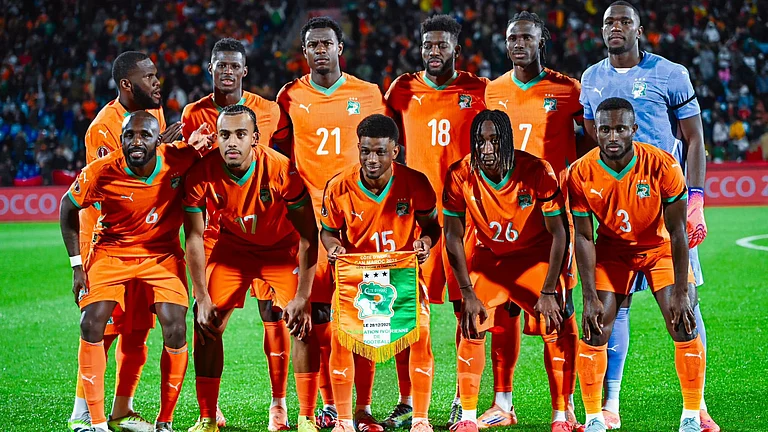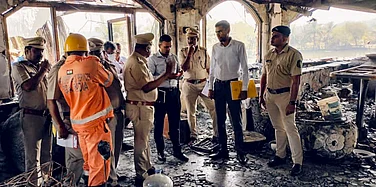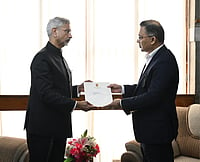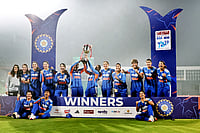It’s 9 pm, way past the early sundown hour in Assam. But the brightly-lit NRC head office in Guwahati is buzzing like a beehive. Prateek Hajela, state coordinator of the National Register of Citizens, is practically burning the midnight oil—holding meetings with his staff, fussing over detail.
This office, at the nerve-centre of the entire NRC process, is on the brink of completing a mammoth data collection exercise, monitored closely by the apex court. Hajela is tight-lipped about how many people could be left out of the first draft of the NRC, though it’s clear he has an idea.
Mountains of data have been pored over, and flaws zeroed in on. It was labour-intensive. First, the 1951 NRC register and pre-1971 electoral rolls were digitised. These are the “legacy documents” that establish the citizenship of a person prior to March 25, 1971.
The second type are the “link documents”—they trace the bonafide filial links of younger people with pre-1971 citizens. These help link claimants with their ancestors on the legacy data through officially acceptable documents and identity proof.
Around 6.5 crore documents have been digitised and can be searched with the document ID, legacy data code or under other heads to see if a claimant’s ancestor is on the legacy data. In order to prove links beyond doubt, census registers have the names of all family members, which all family members have to verify. The documents were collected through 2,500 centres across Assam.
Hajela dug out a link document that showed an additional name that was not on the legacy data. It’s of a man claiming to be the last child of a person on the legacy data, but who did not appear on the old records. The link document appeared to be altered and the last entry made in a slightly different handwriting—a possible forgery. This is the sort of case the NRC has to adjudicate over.
“But we are not going to make any assumptions,” says Hajela. “During verification, we will get all those claiming to be related to sit down, give the names of their family members (with proof) and sort it out on record.”
There’s just a fortnight to go for the deadline. The Supreme Court had initially set 2015 for the updated NRC, but later adjusted it to March 31, 2018. A few months ago, Assam chief minister Sarbananda Sonowal said at a rally that it would be completed by December 2017, which the apex court did not take lightly to. “We do not appreciate why any other authority is intervening in the matter,” said a bench of Justices Ranjan Gogoi and Rohinton Nariman. When Hajela himself deposed that his job would be done by December, the judges initially looked askance at it, but accepted his word.


























